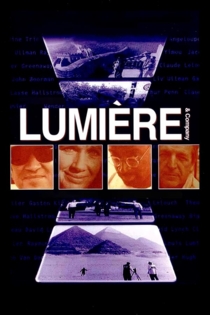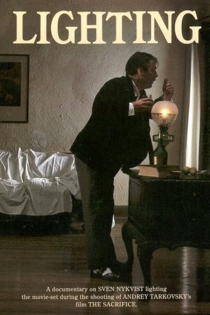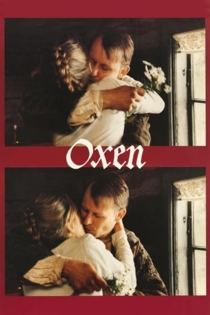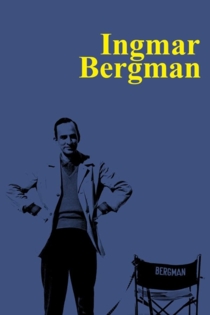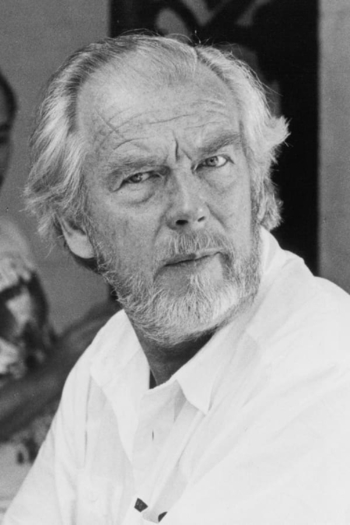
Sven Nykvist
1922 - 2006His work is generally noted for its naturalism and simplicity. He is considered by many to be one of the greatest cinematographers of all time. In 2003, Nykvist was judged one of history's ten most influential cinematographers in a survey conducted by the International Cinematographers Guild.
Ingmar Bergman gör en film
Vilgot Sjöman
Ingmar Bergman, Vilgot Sjöman
The year is 1961 and Ingmar Bergman is making a movie. While planted on the scene as apprentice to Bergman, Vilgot Sjöman (director, I Am Curious–Yellow, 1967), suggests to Swedish Television that they take the opportunity to record with the acclaimed director. In August, Sjöman and the television crew begin to capture what would become a comprehensive five-part documentary on the making of Winter Light, offering views of script development, set construction and lighting, rehearsals and editing, as well as intimate conversations with Bergman and members of his cast and crew. Footage from the film’s Swedish premiere delivers immediate audience reactions and the critics’ reviews the following day.
Ingmar Bergman Makes a Movie
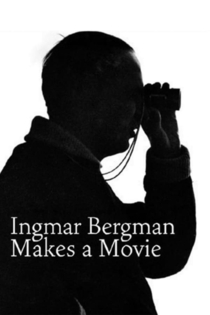
Cinéma, de notre temps: Une journée d'Andrei Arsenevitch
Chris Marker
Andrei Tarkovsky, Marina Vlady
A documentary about the Russian filmmaker Andrei Tarkovsky. The film was an episode of the French documentary film series Filmmakers of our time. The title of the film is a play on the title of Solzhenitsyn's novella One Day in the Life of Ivan Denisovich.
One Day in the Life of Andrei Arsenevich
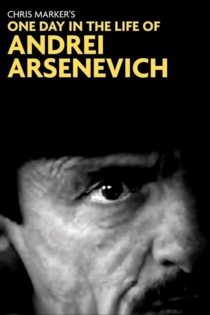
Foreign Filmmakers in Hollywood
Elías Nahmías
Bille August, Andrei Konchalovsky
Filmed around the time of the 1989 Oscars this documentary includes interviews with foreign filmmakers from a variety of disciplines about their experiences working and living in Hollywood.
Foreign Filmmakers in Hollywood

Visions of Light
Stuart Samuels, Arnold Glassman
Vilmos Zsigmond, Sven Nykvist
Cameramen and women discuss the craft and art of cinematography and of the "DP" (the director of photography), illustrating their points with clips from 100 films, from Birth of a Nation to Do the Right Thing. Themes: the DP tells people where to look; changes in movies (the arrival of sound, color, and wide screens) required creative responses from DPs; and, these artisans constantly invent new equipment and try new things, with wonderful results. The narration takes us through the identifiable studio styles of the 30s, the emergence of noir, the New York look, and the impact of Europeans. Citizen Kane, The Conformist, and Gordon Willis get special attention.
Visions of Light
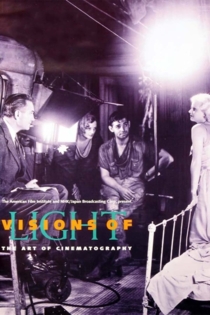
Regi Andrej Tarkovskij
Michał Leszczyłowski
Brian Cox, Erland Josephson
This documentary offers a rare glimpse of the legendary Soviet filmmaker, Andrei Tarkosvky, at work. Tarkovsky made only seven films in his brief, but brilliant, career; Michal Leszczylowski's respectful movie chronicles him at work on his last film, The Sacrifice. Offering insight into Tarkovsky's working methods and transcendental aesthetics, the movie is a compelling account of the difficulties of film production. In the case of an uncompromising and visionary filmmaker like Tarkovsky, the practical problems of filmmaking are only magnified, as cast and crew struggle to realize the ambitious concepts in Tarkovsky's mind.
Directed by Andrei Tarkovsky
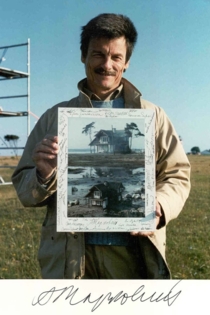
Dokument Fanny och Alexander
Ingmar Bergman
Ingmar Bergman, Sven Nykvist
The Making of Fanny and Alexander is a fascinating look at the creation of a masterpiece. Directed by Ingmar Bergman himself, this feature-length documentary chronicles the methods of one of cinema’s true luminaries as he labors to realize his crowning production.
The Making of Fanny and Alexander
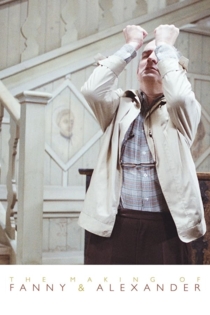
The Magic Flute
Ingmar Bergman
Josef Köstlinger, Irma Urrila
The Queen of the Night enlists a handsome prince named Tamino to rescue her beautiful kidnapped daughter, Princess Pamina, in this screen adaptation of the beloved Mozart opera. Aided by the lovelorn bird hunter Papageno and a magical flute that holds the power to change the hearts of men, young Tamino embarks on a quest for true love, leading to the evil Sarastro's temple where Pamina is held captive.
The Magic Flute
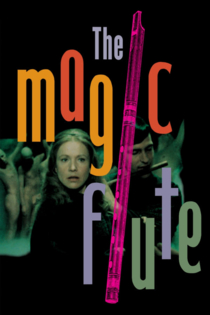
Bakomfilm Höstsonatem
Arne Carlsson
Ingmar Bergman, Ingrid Bergman
On-set documentary of the making of Ingmar Bergman's 1977 film Autumn Sonata starring Ingrid Bergman and Liv Ullman, examining every aspect of the production. Unusual for this kind of documentary, there is no post-production commentary or interviews.
The Making of 'Autumn Sonata'
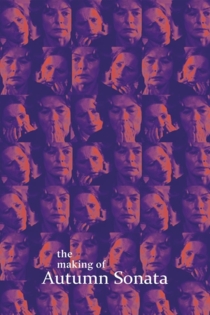
Московская элегия
Aleksandr Sokurov
Andrei Tarkovsky, Tonino Guerra
A 1988 documentary film directed by Alexander Sokurov, about the later life and death of Soviet Russian filmmaker Andrei Tarkovsky. The film was originally intended to mark the 50th birthday of Tarkovsky in 1982, which would have been before his death. Controversy with Soviet authorities about the film's style and content led to significant delays in the production.
Moscow Elegy
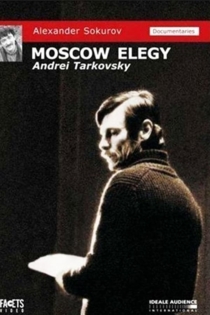
Ljuset håller mig sällskap
Carl-Gustav Nykvist
Sven Nykvist, Erland Josephson
Carl-Gustaf Nykvist's documentary about his father, Sven Nykvist. The film is based on Sven's memoirs with Sven himself as narrator. A journey to the place of birth, Moheda, constitutes the hub of the film and during the journey friends and memories emerge. Written by Fredrik Klasson
Light Keeps Me Company
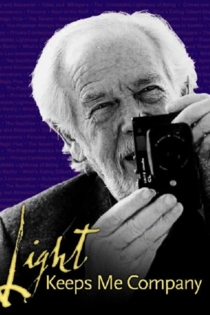
...Men filmen är min älskarinna
Stig Björkman
Ingmar Bergman, Sven Nykvist
Guided by Liv Ullmann and with commentaries from a number of prominent filmmakers for whom Bergman is and remains an important influence - such as Woody Allen, Olivier Assayas, Bernardo Bertolucci, Arnaud Desplechin, John Sayles, Martin Scorsese and Lars von Trier, the film provides a vivid portrait of the artist who in each new project found a challenge for himself and for the people he worked with - both actors and colleagues behind the camera.
… But Film Is My Mistress
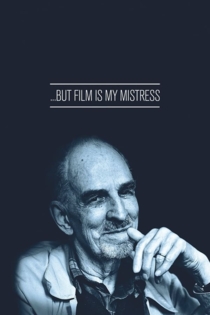
Lumière et Compagnie
Gabriel Axel, Spike Lee
Jeffe Alperi, Romane Bohringer
40 international directors were asked to make a short film using the original Cinematographe invented by the Lumière Brothers, working under conditions similar to those of 1895. There were three rules: (1) The film could be no longer than 52 seconds, (2) no synchronized sound was permitted, and (3) no more than three takes.
Lumière and Company
